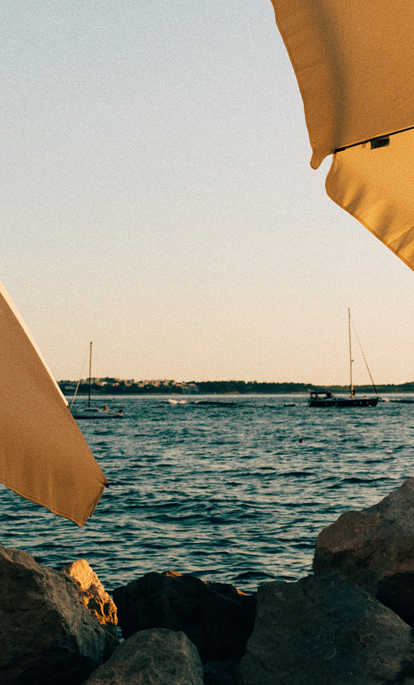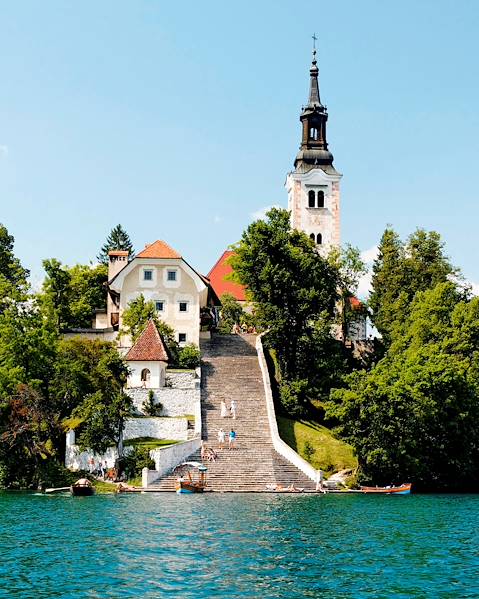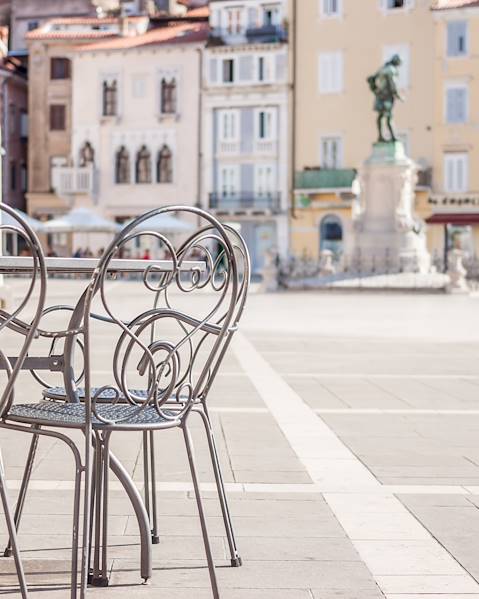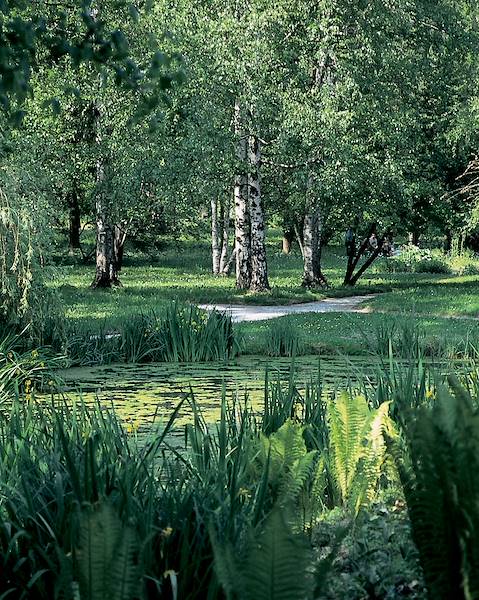Population
2.108 million (2021)
Languages Spoken
The official and national language of Slovenia is Slovene. This is spoken by a large majority of the population which is also known, in English, as Slovenian. Both Hungarian and Italian are recognised as co-official languages, with other notable languages being Croation and Serbian, which are often spoken by immigrants hailing from former Yugoslavia and their descendants. Slovenia certainly appreciates linguistics, with it ranking among the top European countries for their knowledge of foreign languages. The most commonly taught foreign languages in Slovenia are English and German, followed by Italian, French, and Spanish.
People
More than 80% of the population identifies itself as Slovene although minorities are an integral part of the society. Despite Slovenia being part of Yugoslavia from 1918 to 1991, the country has always strongly identified itself with central Europe and attempted to strike the balance between its Slavic culture and language, and Western influences. Slovenia has continued to act as a bridge between the east and west, as it strives to develop its identity as a newly independent republic while maintaining a balanced relationship with the different cultures of its neighbours.
Religion
The Slavic tribes of the 8th century CE accepted Christianity, but the authority of a once-powerful Roman Catholic Church hierarchy was broken by the flight of conservative Catholics (including many clerics) in 1945. A movement heighted by communism and the acceleration of industrialisation and consumerism. The 70s brought an influx in Muslim and Orthodox Christian immigrants to Slovenia with the 90s bringing similar, altering of the religious composition of the country. Many Orthodox churches can still be found in Ljubljana and south-eastern Slovenia, with most of Slovenia’s Muslim population (the second largest religious group in the country at the beginning of the 21st century) residing in the capital. However, it wasn’t until 2004 that the Muslim community were able to be granted approval by the Slovenian government to construct the country's first mosque, a decision that was sadly met with much opposition. There are a few Protestant communities in north-eastern Slovenia, and Buddhism and other faiths are practiced in some urban centres, but many avoid specifying a religion, considering it a sensitive issue to broach.
National Holiday
April 27: Resistance Day
June 25: Day of Slovene Statehood
December 26: Independence Day
Holiday calendar
January 1 and 2: New Year’s Day celebrations
February 8: Day of Slovene Culture
Late March to early April: Easter (from Good Friday to Easter Monday).
May 1 and 2: Labour Day
August 15: the Assumption Day
October 31: Reformation Day
November 1: All Saints' Day
December 25: Christmas Day
Politics
Government reform has been an ongoing process for Slovenia since the country's independence in 1991. Some of the former socialist rules have been maintained but the Slovene government has since adopted several democratic measures, including a parliamentary form of government in a bid to guarantee basic civil rights. These include universal suffrage for all Slovenes over the age of eighteen, freedom of religion and freedom of the press. The National Assembly, or Drzavni Zbor, has exclusive control over the passage of new laws and consists of 90 deputies elected for four years by proportional representation. There is also a 40-member Council of State, the Drzavni Svet, whose responsibility is to act as an advisory body. The members of which are elected for five-year terms by region and special interest group. The head of state and supreme commander of the armed forces is the president but they cannot be elected for more than two five-year terms. However, executive power is held by the prime minister and a 15-member cabinet.
Story
The central Europe country of Slovenia (known officially as the Republic of Slovenia) is bordered by Italy in the west, Austria to the north, Hungary to the northeast, Croatia to the southeast, and the Adriatic Sea to the southwest. It’s a spot that benefits from the sub-Mediterranean climate, with the exception being the Slovene Littoral and the Julian Alps found in the northwest, which have an alpine climate. The largest city and capital of Slovenia, Ljubljana, is coincidently geographically situated near the centre of the country.
Historically Slovenia has found itself at a crossroads of Slavic, Germanic, and Romance languages and cultures, with its territory part of countless states. From the Roman Empire, the Byzantine Empire, the Carolingian Empire, the Holy Roman Empire, the Kingdom of Hungary, the Republic of Venice, the Illyrian Provinces of Napoleon's First French Empire to the Austrian Empire and the Austro-Hungarian Empire – there’s been a few! It wasn’t until 1918 that the Slovenes co-founded the State of Slovenes, Croats, and Serbs before then merging with the Kingdom of Serbia into the Kingdom of Yugoslavia.
The second World War saw Germany, Italy, and Hungary occupy and annexe Slovenia, with a miniscule area transferred to the Independent State of Croatia, a newly declared Nazi puppet state. In 1945, it again became part of Yugoslavia, but post-war, Yugoslavia was allied with the Eastern Bloc. After the Tito–Stalin split of 1948, Yugoslavia never subscribed to the Warsaw Pact and in 1961 it became one of the founders of the Non-Aligned Movement. In June 1991, Slovenia became the first republic to split from Yugoslavia and become an independent sovereign state.
Slovenia is a developed country, with a high-income economy and is a member of the United Nations, the European Union, the Eurozone, the Schengen Area, the OSCE, the OECD, the Council of Europe and NATO.
Etiquette
Slovenes are considered welcoming people that’re often willing to help and guide tourists, making travel even easier here. Given that the predominant religion is Catholicism, it’s considered respectful to adhere to clothing that covers the arms and is of modest length when venturing into churches and around religious sites. While tipping is not mandatory it is considered polite to round the bill up to a convenient figure in restaurants and when taking a taxi.
Food
Slovenia is home to a vast array of climates and landscapes, something that resonates in Slovenian cuisine with fresh ingredients a staple for all. To dine on traditional Slovenian food your best bet is at Gostilna, a restaurant that focuses on tradition and fuss-free dishes that’re sure to tickle the tastebuds of all and can be found scattered throughout the country. A must try Slovenian delicacy is Idrijski žlikrofi - hese regional dumplings made with a potato filling mixed with sauteed onions – simple yet delicious. Plus, they’re an EU-protected Slovenian dish, one that originates from the mining town of Idrija and its surroundings. The dumplings can be an appetizer or a main dish but are not one to miss! Largely considered to be a national dish is Ajdovi žganci (buckwheat spoon bread). This quick dish is made by dry frying buckwheat flour for a couple of minutes and varies from region to region. With some opting to have a more breadcrumb like consistency and others using it as a topping for hearty soups. Stews and warming dishes reign supreme here, with a firm favourite being Pohorski pisker. This is one for the meat lovers as this stew is a combination of at least three types of meat, mushrooms, barley and potatoes. Found in the region of Pohorje in Styria in the northeastern part of Slovenia, it was born in the hills of Rogla and is still a staple for tables across the country.
Drink
In Slovenia, you can drink the tap water. The country is however in the middle of a beer renaissance and although mass-produced domestic brands like Lasko and Union still dominate the market, new and hip microbreweries are continually popping up and pumping out a range of quality Slovenian craft beers that’re well worth trying. Of course, if wine is your tipple of choice you can find plenty of Slovenian vineyard-grown options, with the Vipava Valley (just one hour from the capital) being the most popular. This wine tasting region has some great varieties including Zelen, Pinela and Pikolit. Of course, beers and wines are no doubt a great option but there really is only one national drink of choice here... Schnapps or zganje as it's known locally. You can opt for a shop bought option or count on bars across the country to stock some of the best self-brewed varieties, with everything from pear and lemon to blueberry flavour.
















